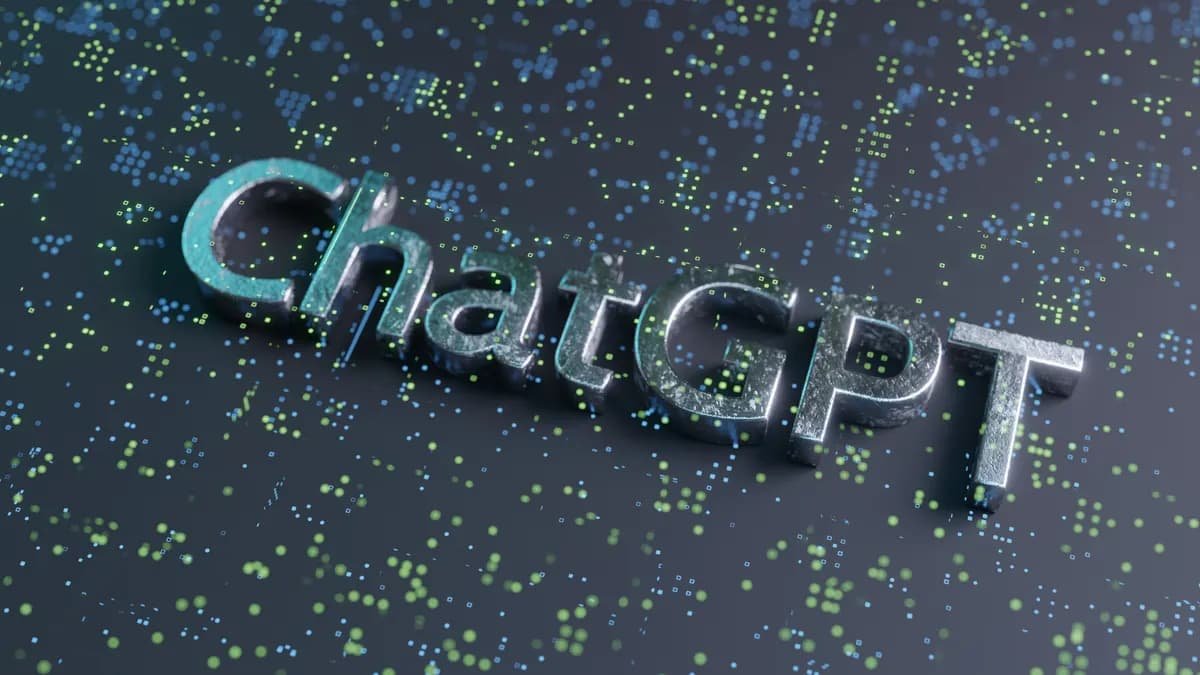
OpenAI CEO Sam Altman considers advertising as a last-resort revenue option
OpenAI CEO Sam Altman’s idea of bringing Artificial intelligence and advertising is a sign of a significant change. However, it is important to note that providing detailed information in 5000 words is not possible based on the currently available public information as Altman has not yet shared any detailed roadmap or timeline. However, we can discuss in detail the available information and possible implications on this topic.
ChatGPT and Advertising: The Beginning of a New Era?
ChatGPT has revolutionized the world of Artificial Intelligence (AI). Since its launch, it has attracted millions of users from all over the world, who use it for various tasks – from finding information to creating content. However, OpenAI is constantly exploring new revenue models to maintain this massive user base and meet the increasing cost of training and operating AI models. Advertising is one of those potential solutions
Sam Altman’s View Advertising is the ‘last resort’
Sam Altman has said many times that he personally “hates” ads and wants users to pay for ChatGPT so that they can get unbiased answers free from the influence of advertisers He has described ads as a “last resort”. However, it is important to understand that OpenAI, which started as a non-profit organization, is now working on a “capped-profit” model and needs revenue to meet its growing expenses. According to reports, the company earns a revenue of $3.5 billion to $4.5 billion annually but spends more than $8.5 billion. Analysts estimate that the company will post a loss of $5 billion in the next 12 months and will not be able to turn profitable until 2029. In such a situation, advertising becomes an attractive option.
Why the need for Artificial intelligence and advertising?
High operational costs: Training and running a large language model like GPT-4 consumes a huge amount of computing power and energy Altman himself has pointed out that even small words like “please” and “thank you” are racking up hundreds of millions of dollars in electricity costs for the company Revenue Generation Currently OpenAI’s main revenue comes from premium subscription services like ChatGPT Plus and API access. However an additional revenue stream is needed to serve free users at scale .
Competition There is rapidly growing competition in the AI space with Google (with Gemini) Meta Microsoft and other companies developing their AI models Without a strong source of revenue OpenAI may struggle to maintain its research and development momentum Future Ambitions OpenAI aims to develop Artificial General Intelligence (AGI) which will require huge investments Ads can help raise the resources needed to achieve this goal How can ads appear on ChatGPT? Although OpenAI has not yet revealed a detailed advertising model, we can speculate on some possible scenarios: Sponsored Answers ChatGPT may include sponsored content or products in answers to specific questions. For example, if a user asks about “best laptops,” ChatGPT may mention some sponsored laptop brands. Given Altman’s commitment to transparency, however, such answers will be clearly marked as “sponsored”
There will be an added incentive not to
Display Ads Though less likely, traditional display ads may also appear on ChatGPT’s web interface. However, this may disrupt ChatGPT’s conversational experience. Ads in features like “Deep Research” OpenAI has introduced new agents like “Deep Research” that perform extensive research on complex queries. Contextual ads can be carefully integrated within these researches. Impact on user experience Ads may disrupt ChatGPT’s seamless and unbiased user experience, leading to user dissatisfaction OpenAI must integrate ads in a way that makes them as intrusive as possible Reliability and fairness ChatGPT’s primary strength is the accuracy and fairness of its information.
If ad content influences answers, it may reduce its reliability OpenAI must ensure that there is a clear separation between ads and generated answers. Data privacy Use of user data for advertising May raise privacy concerns OpenAI has to maintain transparency in its data use policies and protect user privacy.
Technical complexity: Integrating an advertising system into an AI chatbot is technically complex The advertisement has to understand the context of the conversation and be relevant. Regulatory challenges Both AI and advertising are facing a rapidly evolving regulatory landscape OpenAI has to comply with advertising and data privacy laws applicable in different countries
OpenAI’s strategy and future Artificial intelligence and advertising
Recently OpenAI has hired several C-level executives from the ad tech teams of Google Meta Instagram and X which reflects the company’s growing interest in advertising The move signals that OpenAI is seriously looking at advertising as a viable revenue model.

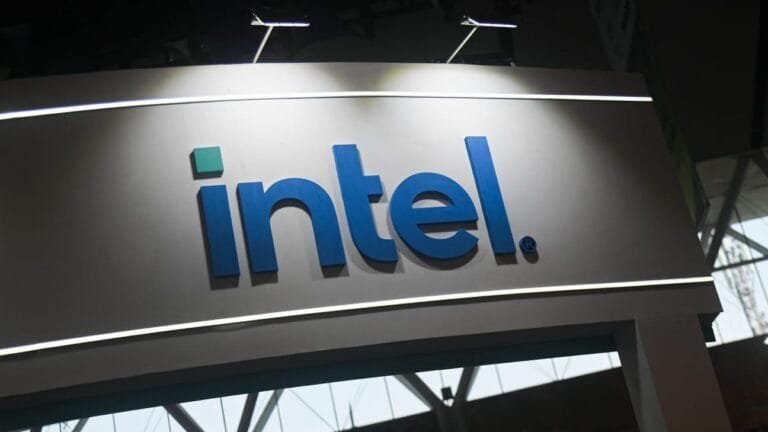


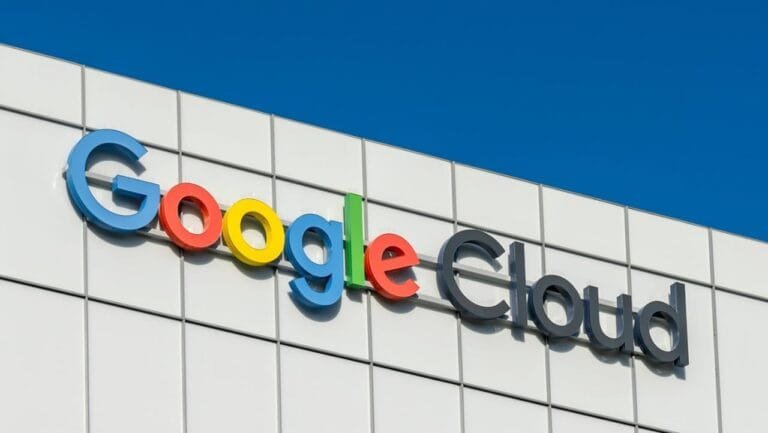
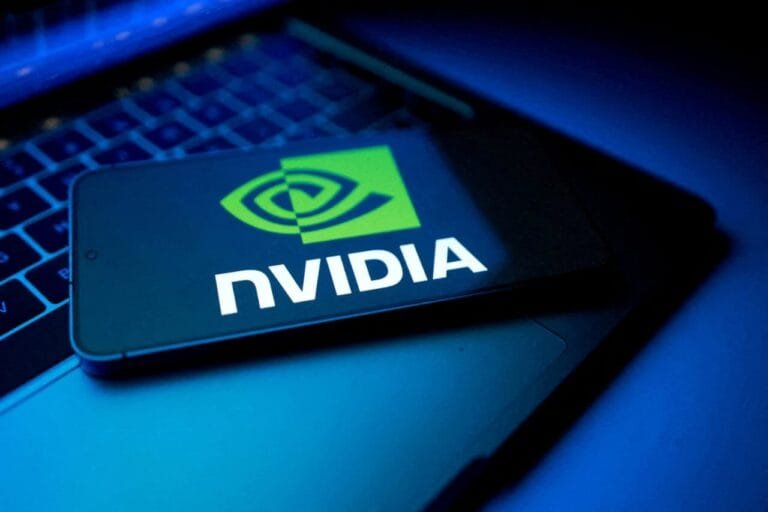
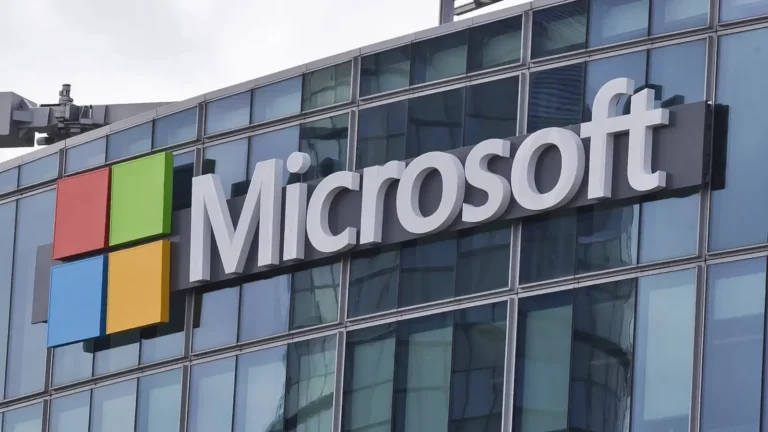
1 thought on “Artificial intelligence and advertising: The Beginning of a New Era?”